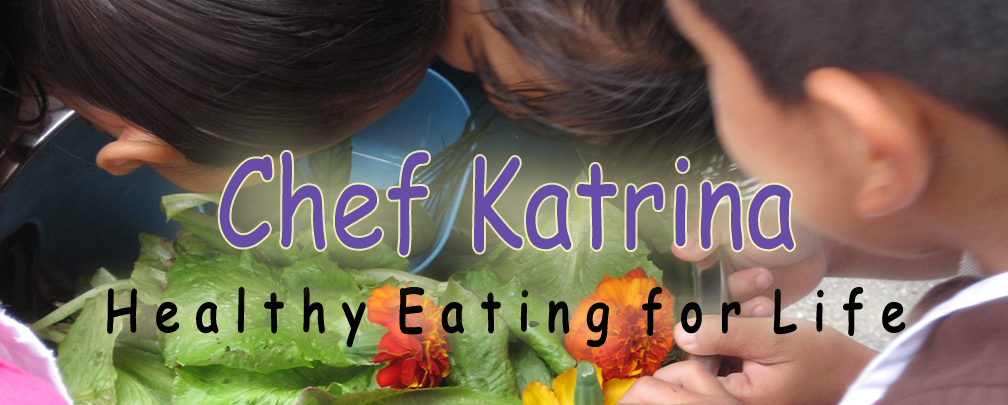One School’s Garden Question Responses
 Thursday, November 3, 2011 at 11:00AM
Thursday, November 3, 2011 at 11:00AM Which plants have been successful?
- Lettuces, kale, tomatoes beets
- Carrots, lettuces, broccoli, radish, chard, kale, squashes, cherry tomatoes, fava beans, snap peas
- Tomatoes, fava beans, lettuces, carrots, radish, potatoes, zucchini
- Fava beans, chard
- Tomatoes, chard, carrots, potatoes, beets, fava beans, lettuces, broccoli, cucumbers
- Lettuces, tomatoes, cucumbers, carrots, beets, broccoli, pumpkins!, fava beans, radishes, kale, chard, cauliflower
- Carrots—because of their growth period
- Soy beans, large tomatoes
- Nothing listed
- Nothing listed
- Cauliflower, soybeans, pumpkins (too cold?)
- Celery—took forever but finally yielded two huge plants. Our garlic was small and not so good.
- Group Discussion10/15: Soy beans, large tomatoes, cauliflower, dino kale, corn
- Lettuces, kale
- Carrots, fava, snap peas
- Carrots, potatoes “I love having the kids dig for potatoes”
- Carrots and tomatoes. “The children love to just pick and eat them”
- Tomatoes, carrots, potatoes, lettuce
- Carrots, beets, tomatoes, lettuce
- Group Discussion 10/15: Herbs, cilantro, thyme, sage; carrot, snap peas, kale, lettuces, beets, onion, garlic, squash, fruit trees, broccoli: baby, purple, broccolini; sun flowers, potatoes, berries (blue!), cucumber, kale, chard, pumpkin







